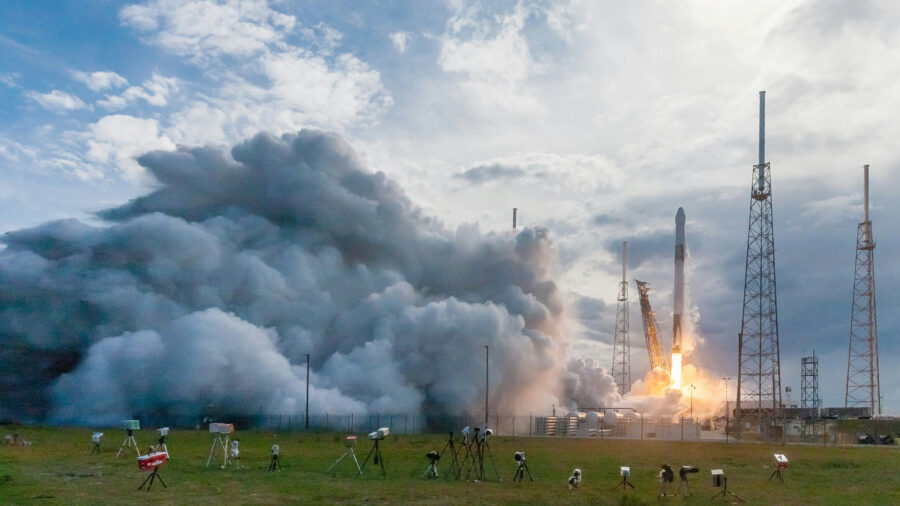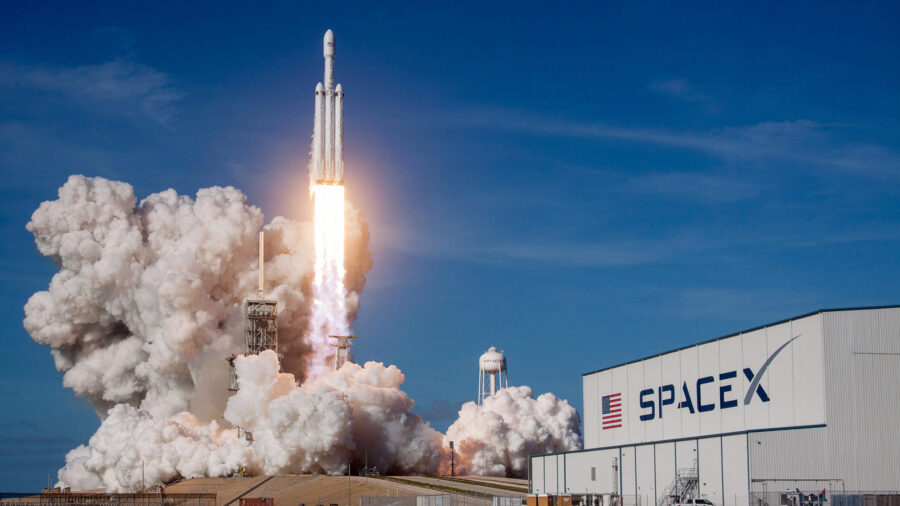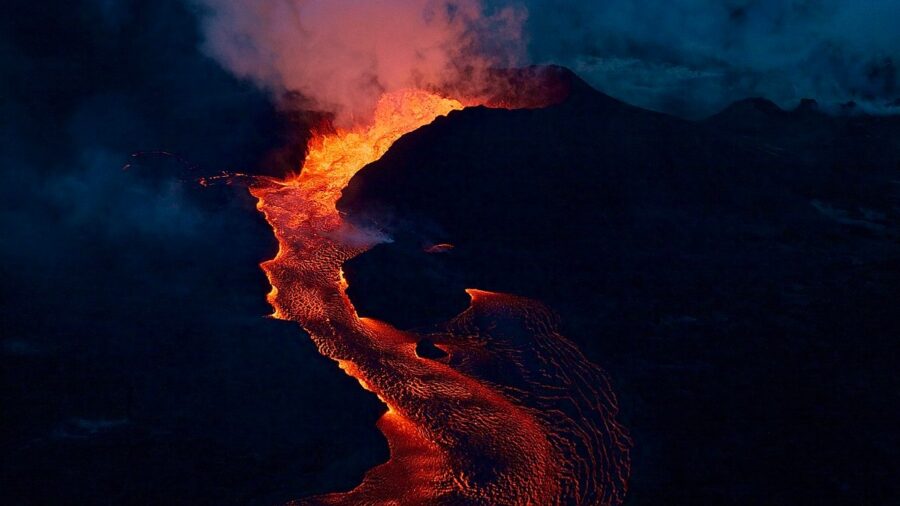SpaceX Fail Rips Hole In The Atmosphere

If a rocket explodes twice in Earth’s atmosphere, does it make a hole? After SpaceX’s disastrous November 18, 2023 launch, we now know the answer. Thanks to two explosions during that launch, a hole was ripped in the ionosphere.
The Explosions

A new study just published in the Geophysical Research Letters scientific journal details the hole left in the atmosphere by SpaceX’s Starship rocket when it blew up—twice—late last year. The first explosion came four minutes after the rocket was launched from SpaceX’s facility in Boca Chica, Texas.
Starship reached an altitude of approximately 56 miles when its superheavy booster exploded after separating from its second stage.
A second explosion followed a few minutes later when the rest of the Starship reached an altitude of 93 miles and suddenly blew. We now know that those two explosions created a temporary rip in the ionosphere.
The ionosphere is a section of the upper atmosphere where solar radiation strips charged particles of their electrons. It’s essentially the final boundary between Earth and the cold vacuum of space.
A Very Large Amplitude

The ionosphere starts roughly 50 miles above the planet and ends about 400 miles up. Researchers say the Starship rocket was traveling faster than Mach 1—the speed of sound. As a result, the SpaceX craft sent cone-shaped shock waves through the ionosphere as it traveled upward.
According to the study’s lead author, Yury Yasyukevich, an atmospheric physicist at Russia’s Institute of Solar-Terrestrial Physics, the SpaceX launch had a “very large amplitude.”
While anyone would expect a rocket to be loud, Yasyukevich claims there was something strange about the shock waves from Starship. They were apparently “propagating in a northerly direction.”
An Accidental First

Why is that weird? Spacecraft launches usually create waves that “propagate to the south.” When the SpaceX craft exploded—twice—the resulting sound waves “erased” a bunch of electrons, neutralizing the charges of nearby atoms.
In turn, the disappearance of all those electrons tore a 1,200-mile-wide hole in the ionosphere.
Researchers consider this noteworthy because holes in the ionosphere are usually formed via a chemical process involving engine fuel.
The SpaceX hole is the first man-made, non-chemical hole in the ionosphere ever documented. Luckily, it was short-lived.
A Boon

The SpaceX hole closed itself after 30-40 minutes. Researchers say that while this particular tear in the ionosphere was caused by a unique chain of events, holes in the upper atmosphere are pretty common.
Rocket launches, for instance, routinely cause ionized atoms to suddenly recombine and lose their charge. Likewise, natural phenomena like volcanic eruptions can also disrupt the ionosphere.
Under these circumstances, researchers consider last year’s SpaceX explosions a boon for science. Starship didn’t just go down in a blaze of glory. It also made history.
Still A Lot More To Learn

The failed launch may not be a feather in SpaceX founder Elon Musk’s cap, but it did give scientists a rare peek into how the ionosphere is impacted by the kind of explosions that plagued Starship.
Yasyukevich claims the explosions’ results are fascinating but baffling. The lead researcher never expected the size of the ionosphere disruption to be so big.
Yasyukevich admits that the results of the SpaceX explosions mean that scientists don’t truly understand everything that occurs in our atmosphere. Hopefully, by studying phenomena like the Starship-caused hole in the ionosphere, that will change.
Source: AGU.org













